Hibiscus , hailing from the country of China rose as a popular tropical flower that has many traditional beliefs and a good image, because of its beauty . Hibiscus is part of the Malvaceae family, which includes about 300 species. All of them, which includes grasses, deciduous and evergreen shrubs or trees to a height of 3 meters, are mainly distributed in tropical regions of Southeast Asia .
Currently, there are about 500 varieties and garden forms of Hibiscus, which differ in shape, size and color- which varies among white, yellow, pink, orange, red, purple and violet. It is often grown as a pot plant, because it is not pretentious and is extremely beautiful. Hibiscus is a long blooming perennial plant.
Its beautiful and bright colors give t names like "the flower of love" and "flower of beautiful women." This tradition started from Haiti, where hibiscus is the national flower and symbol. In India, its colors are an integral part of making wedding wreaths.
Hibiscus was brought from China in the early 18th century, although it is claimed that the Italians in the 15th century had already known the tender plant. Initially, it began as a way to decorate botanical gardens on the continent, evoking only the admiration of people who were not accustomed to such a beautiful and abundant blooms.
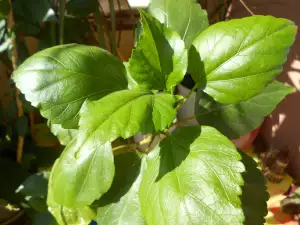
Growing Hibiscus
Growing hibiscus is not difficult, because the plant is hardly pretentious. If you want to have a Chinese rose at home, you need to find a sunny but protected from wind location. Hibiscus is not demanding of soil, the only condition is that it is well drained.
The beautiful colors of hibiscus appear in great abundance from June to the first frosts. The plant can reproduce in May, by being cut in 20-25 degrees and covered with a large plastic bag. Soil that is good for growing hibiscus should be a mixture of garden soil, leaf soil, peat soil and sand in a ratio of 2:1:1:1.
When the plant blooms with peak color, do not replant and replant, simply remove the top part of the finger and replace it with a new one. This takes place in a period of 2-3 years. You can trim the tips of the longest branches to form a beautiful and dense crown.
As for fertilization, it must be spring-summer, usually the first 2 weeks. Fertilization of hibiscus with mineral and organic fertilizers is ideal. During the coldest part of the year, Chinese Rose should be raised only if there is a warm place once a month.
Watering the hibiscus should be done thoroughly during the warmer months and moderately in winter. It is important to remember that Chinese Rose does not like the cold and in the presence of lower temperatures its leaves begin to fall and the bloom it is not so heavy. If you keep the pot in a shady spot, hibiscus buds will begin to fall.
Types of Hibiscus
- Syrian hibiscus (H. syriacus) - deciduous tree growing as a shrub and is actually known as the hollyhock tree. Known as the "Rose of Sharon", it is celebrated as the national flower of South Korea. Syrian Hibiscus can live up to 100 years and most often used for landscaping of parks, paths, walls and fences. It begins to blossom after 3-4 years. The root of its local name may be translated as immortality, so the flower accurately reflects the nature of the immortal South Korea;
- sabdariffa hibiscus (H. sabdariffa) - this is the Sudanese rose, which is source of the hibiscus tea. It is known by the trade names Hemp Rose, Siamese jute and jute Java. The whole plant has a reddish color and the interesting fact is that fresh leaves are used in salads . Even the seeds taste rather like sesame. Usually soaking and grinding, is used in soups and pastries.
- Hemp Hibiscus (Hibiscus cannabinus) - this type probably originates from southern Asia. It is known very names - hemp hibiscus, hemp Gambia (Gambo hemp), jute, kenaf, Bimlipatam jute, Ambar hemp, San Francisco Papua, Dah and others. And do not be fooled, you must specify that this type of hibiscus does not contain psychotropic substances. The plant isgrown for its fiber, which is derived from the dried stalks and has a strong competition from hemp. They are very strong and elastic, and on top are also waterproof.
- Chinese hibiscus (H. Rosa-sinensis) – the well known Chinese rose that grows in East Asia and the Pacific Islands. As the national flower of Malaysia, its five petals symbolize the five commandments of Islam.
Interestingly, this religious symbol, is revered by everyone in the country, not just Muslims. This is because of the Chinese rose and its beautiful colors with deep color. Chinese hibiscus is widely used for decorations and layouts of spacious rooms, conservatories, offices, homes, etc.
Composition of hibiscus
In the composition of hibiscus, and in particular the one which hibiscus tea is made from, an abundance of trace elements and nutrients is found. Hibiscus tea is rich in vitamin C , minerals and pectin.
The composition of hibiscus can be found to have 15-30% organic acids, including citric acid, maleic and tartaric acid. The percentage of protein is between 7.5% - 9.5%. The dried leaves of the hibiscus contain 13 amino acids, 6 of which are absolutely necessary for the human body.
It also has levels of polysaccharides, flavonoids and glycosides, such as cyanidin and delphinidin, which is due to the characteristic deep red color. Because of its antioxidant properties, Hibiscus tea has long been used in Asian traditional medicine as a mild drug.

Use of Hibiscus
As already mentioned, hibiscus is popular worldwide as a herbal tea. This tea can be consumed both hot and cold throughout the year and has exceptional recreational properties, due to the taste and color it has.
Hibiscus is popular in North Africa and Egypt, where it can be bought in shops and from street vendors. They say the drink was preferred by pharaohs, but healers used it to lower blood pressure. Traditional weddings in Egypt and Sudan all featured hibiscus tea.
From the color of hibiscus, many other drinks are made, such as a popular cocktail in Jamaica, which adds ginger, rum and sugar or honey to the plant. In Trindidat and Tobago, they produce a beer with the addition of hibiscus.
Since ancient times, in Panama, a traditional drink is prepared from the flower of hibiscus, finely chopped fresh ginger, sugar, cloves, cinnamon and nutmeg, then boiled up together. By tradition around Christmas and New Year in parts of Central America, Mexico , West Indies, Caribbean, certain drinks are made with hibiscus.
Dried hibiscus, which has been celebrated as a natural cure for a long time, can be found in stores for healthy eating in the United States , primarily in California and other southern states. A decoction of hibiscus is also featured in the national drink of Senegal.
The Chinese do love to eat candied petals of hibiscus.
Benefits of hibiscus
In contemporary Thailand, they drink hibiscus since ancient times, because it is known to reduce harmful cholesterol . Recent studies show that regular use of the tea lowers high blood pressure. Because of its high content of vitamin C, it is very effective for colds , colds and flu.
The energizing power of hibiscus is well-known and coincidentally, many athletes use it. The plant acts as a diuretic, strengthens the heart, the walls of capillaries and blood vessels. It’s shown to reduce the risk of stroke , heart attack , but it also protects the kidneys and relieves spasms.
Drink hibiscus tea 1-2 times daily.
It is said that regular consumption of hibiscus infusion helps reduce harmful fats and cholesterol in the body and provide Improvement of internal organs, especially the liver .
Hibiscus improves appetite and positively affects the digestive system and pancreas. The drink is quite suitable for people who are not young, it contributes to the maintenance of the body and rejuvenates cells.
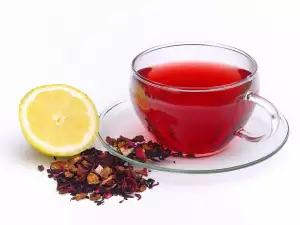
As mentioned above, hibiscus has proven antidepressant properties and its complex of vitamins and minerals is a powerful tonic for the whole body. A hibiscus decoction enhances immunity. The drink can be adopted for the protection of one’s health, but more specialized issues need specialist advice and self healing is not desirable.
Hibiscus Tea
To prepare hibiscus tea, add 500 ml of water in a pan on the stove and add about 5 g of Hibiscus leaves. According to the needs of your taste, you can increase or decrease the amount of the herb. Once the water starts to boil, simmer on low heat for 5-10 minutes. Then strain and sweeten as desired. This tea contains no caffeine and has a pleasant slightly sour taste, nice aroma and is deep red. The rest of the boiled hibiscus can even be eaten.


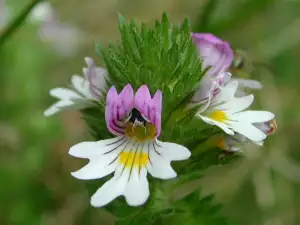
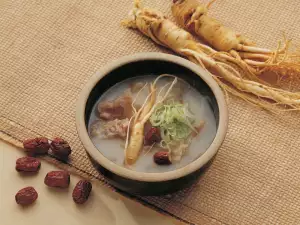
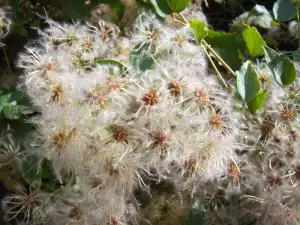


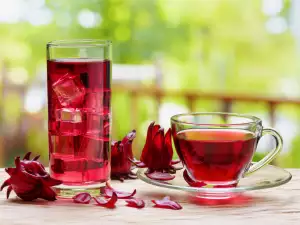
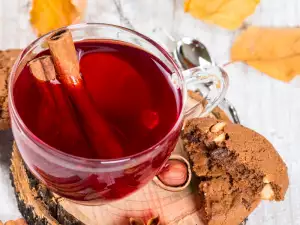

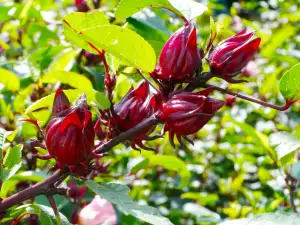






Comments